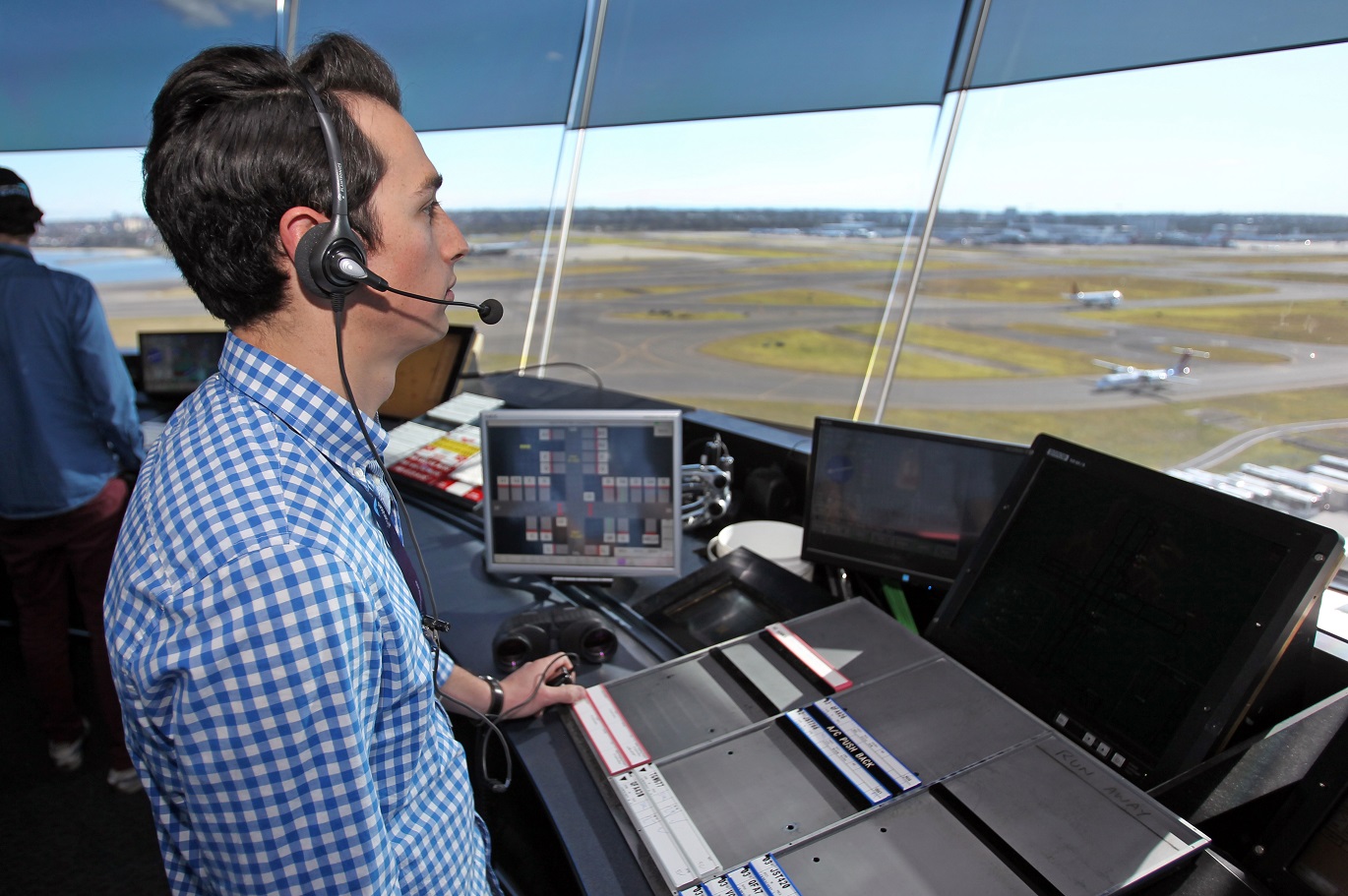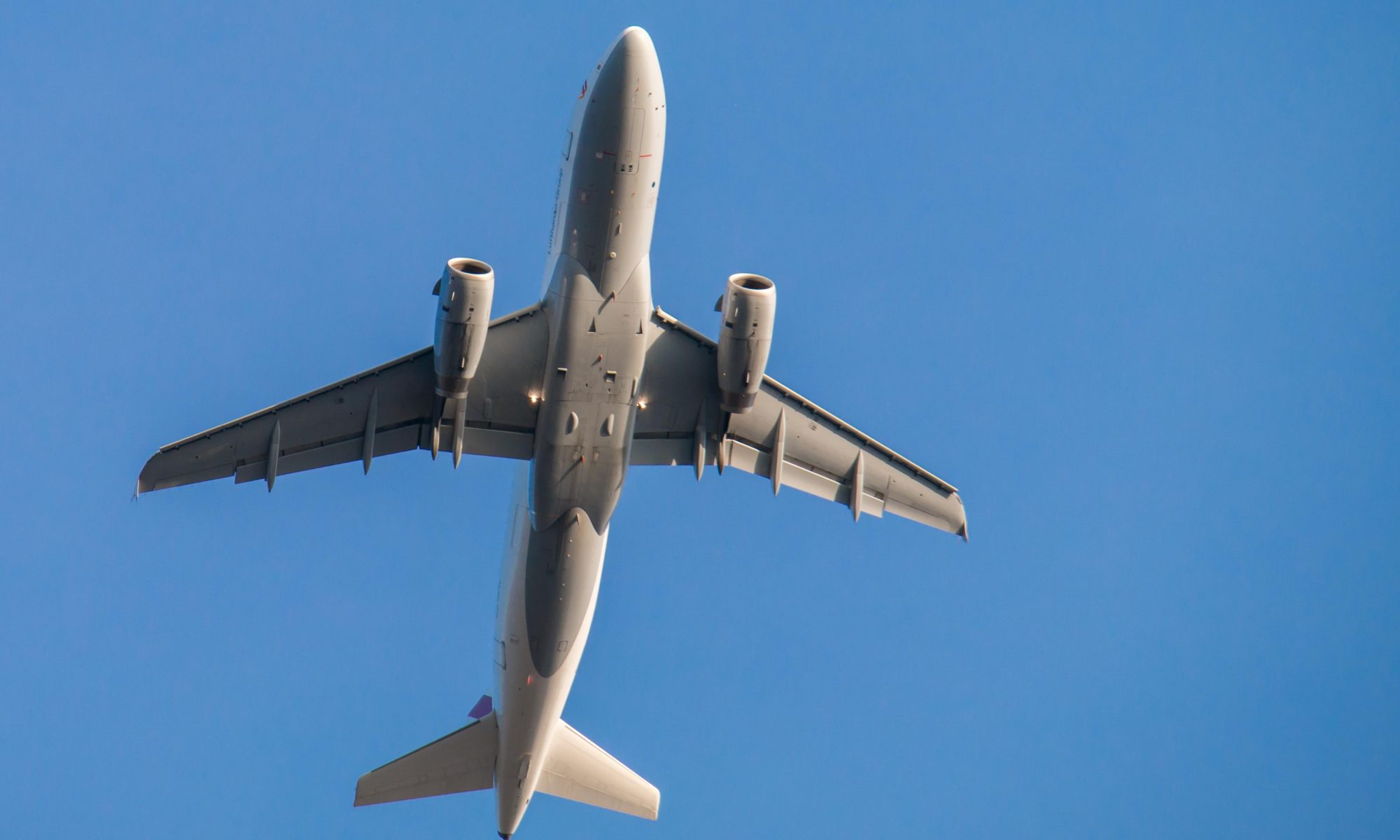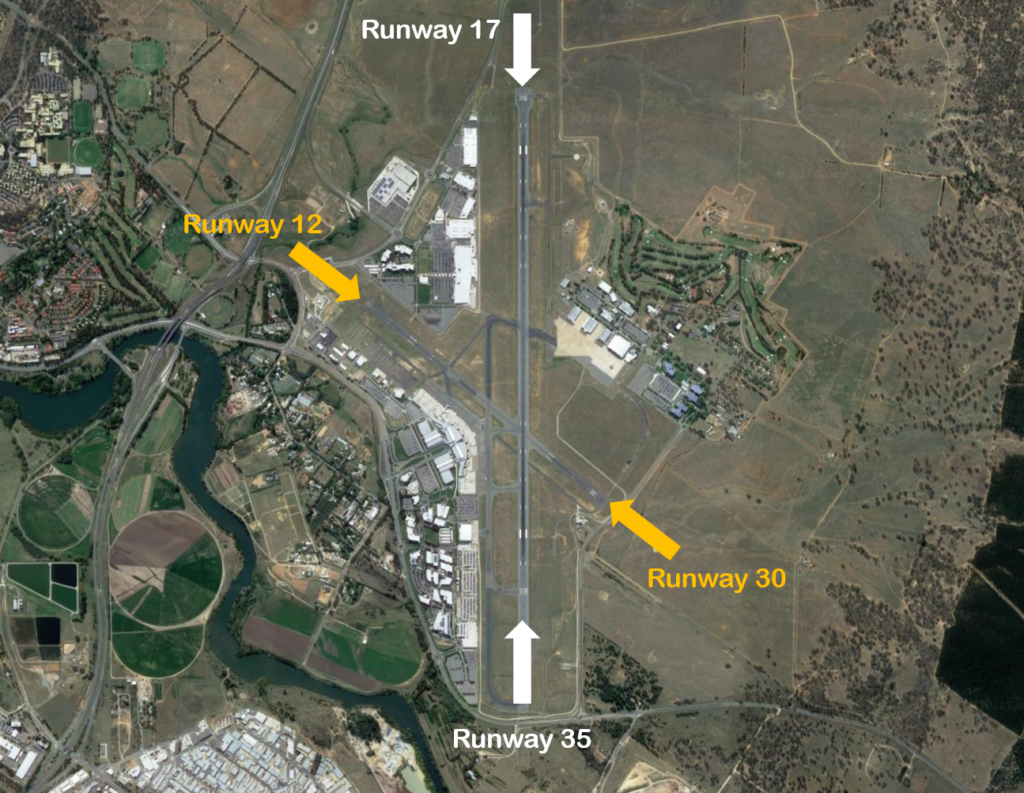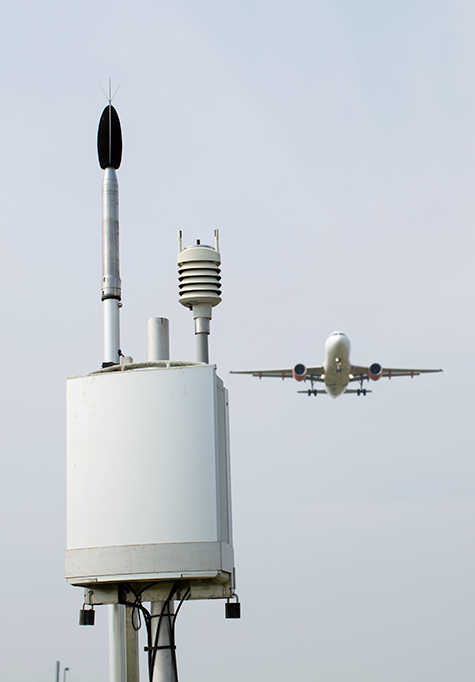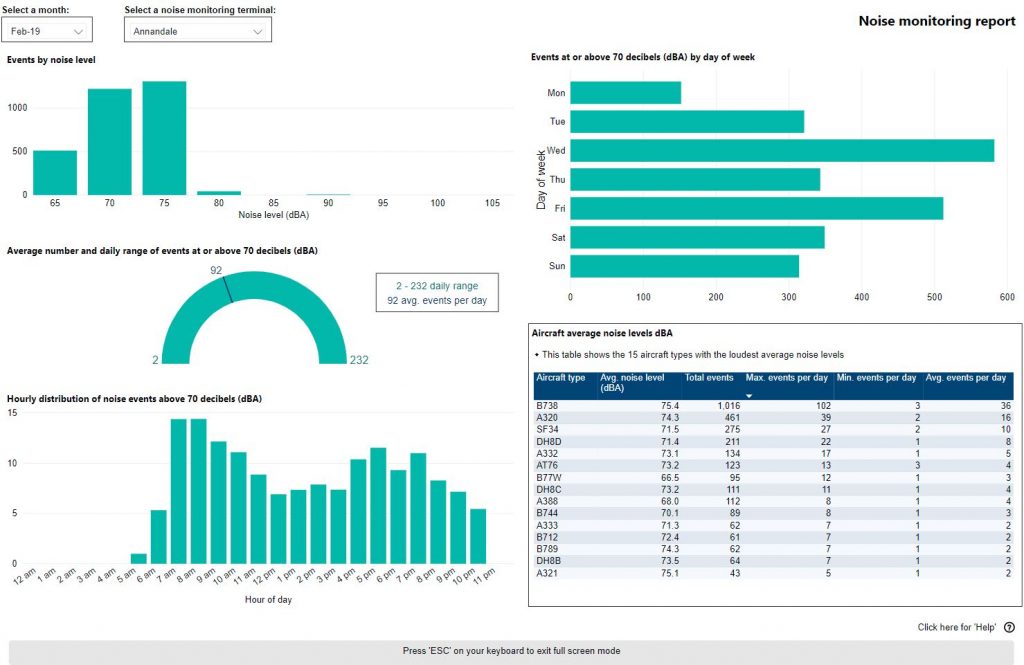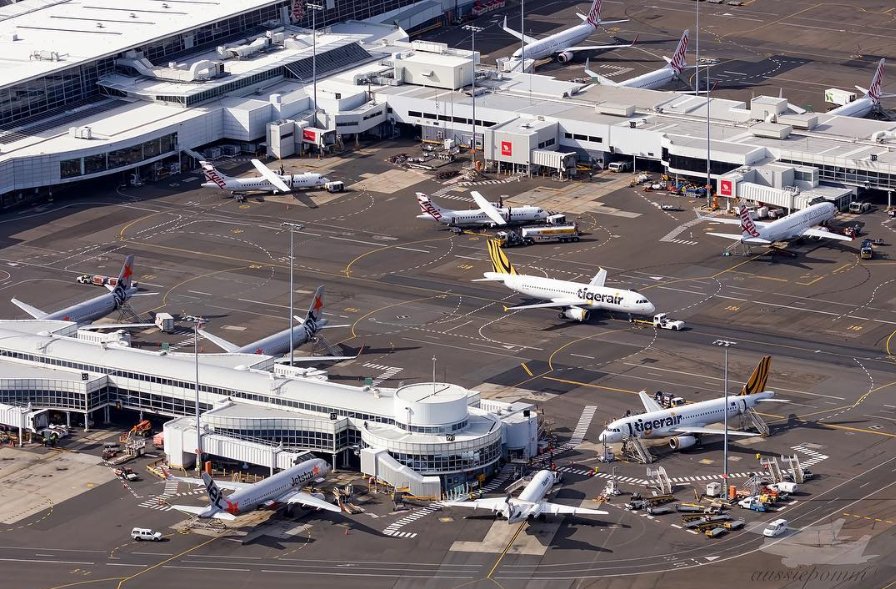Flight paths are not precise, defined paths like runways, but more like corridors that are often several kilometres wide.
Arrivals
Arriving aircraft will line up with the runway centreline and fly straight in on the runway heading. Aircraft will approach Canberra from all directions before they join the final approach path. Jet aircraft will join the final approach between 15 and 25 kilometres from Canberra Airport and fly towards the runway in a straight line. Jet aircraft will generally be at altitudes from 3000 to 4000 feet when they join the final approach. There is no minimum altitude for aircraft in the process of landing. Aircraft will generally descend on a glide slope of three degrees.
Departures
Departing jets will generally maintain a straight line from the runway for around 15 kilometres before turning to their heading.
The altitude of aircraft after departure will depend on factors such as the type of aircraft and its weight, how heavily laden it is with fuel and passengers, and the atmospheric conditions at the time. All these factors affect an aircraft’s climb rate. There is no regulated minimum altitude for an aircraft in the process of taking off.
Smart Tracking
A growing number of modern aircraft are now fitted with navigation systems that use satellite-assisted guidance which allow aircraft to fly with a higher degree of accuracy and more closely follow the same route as other aircraft. Airservices refers to these routes as ‘Smart Tracking’. Smart Tracking technology makes air travel safer, cleaner and more dependable. It also has the potential to improve noise outcomes for communities living close to airports.
Flight path information
You can access historical information about flight path use through WebTrak. To access this information click the “Historical” link below the text in the Quick Start Guide at the top left-hand side of the screen. Then use the tick boxes at the bottom-right of the screen to select monthly, quarterly or yearly information. Use the sliders to refine your selection to specific timeframes.

